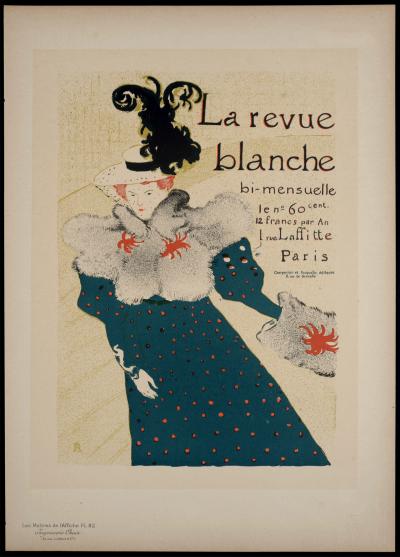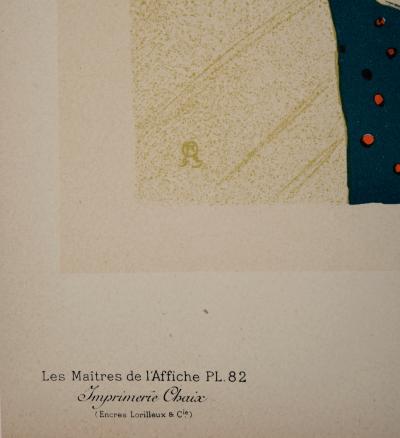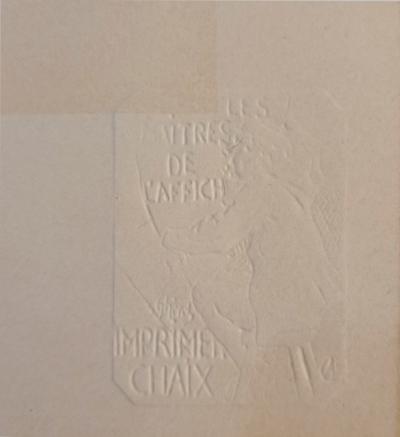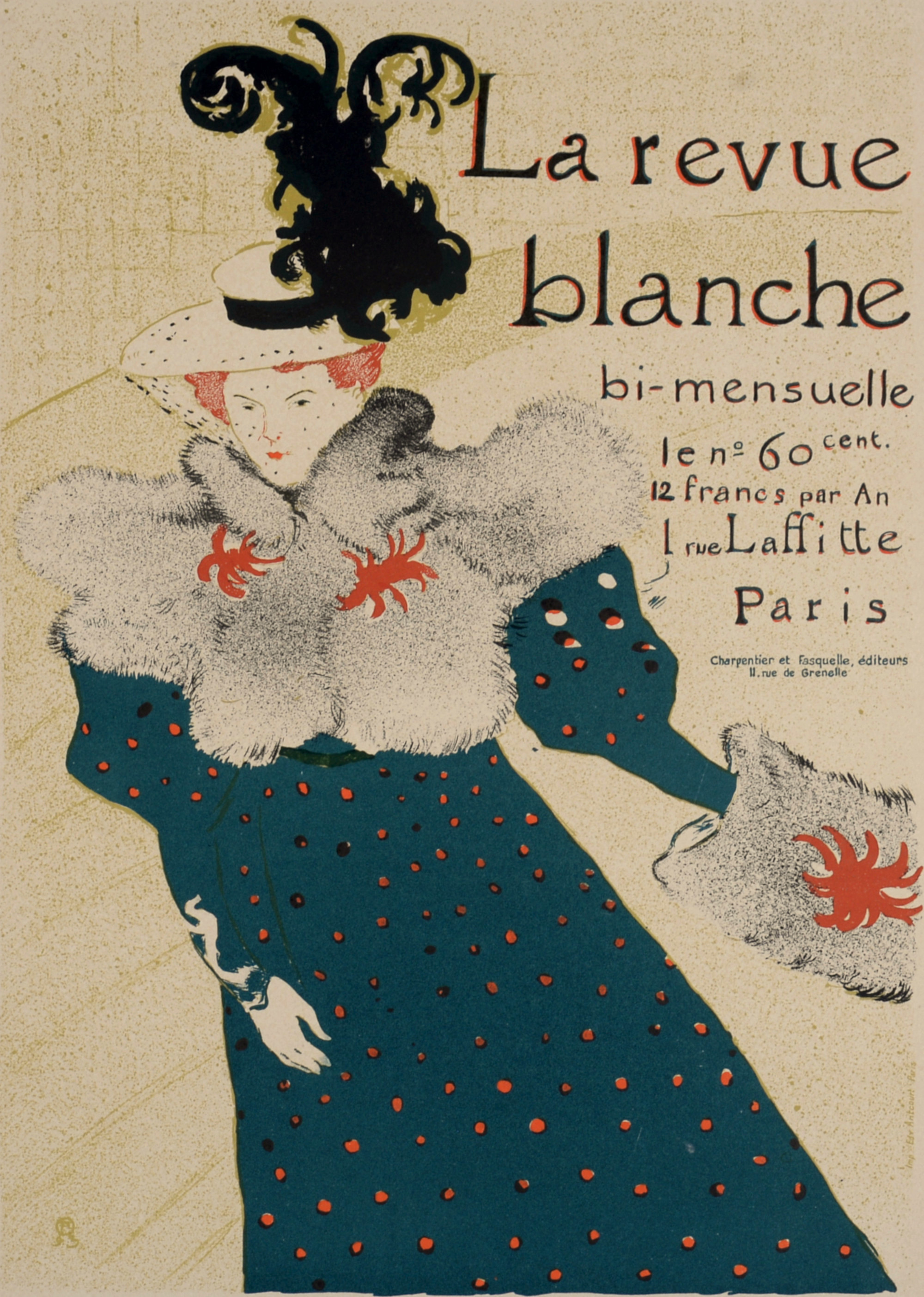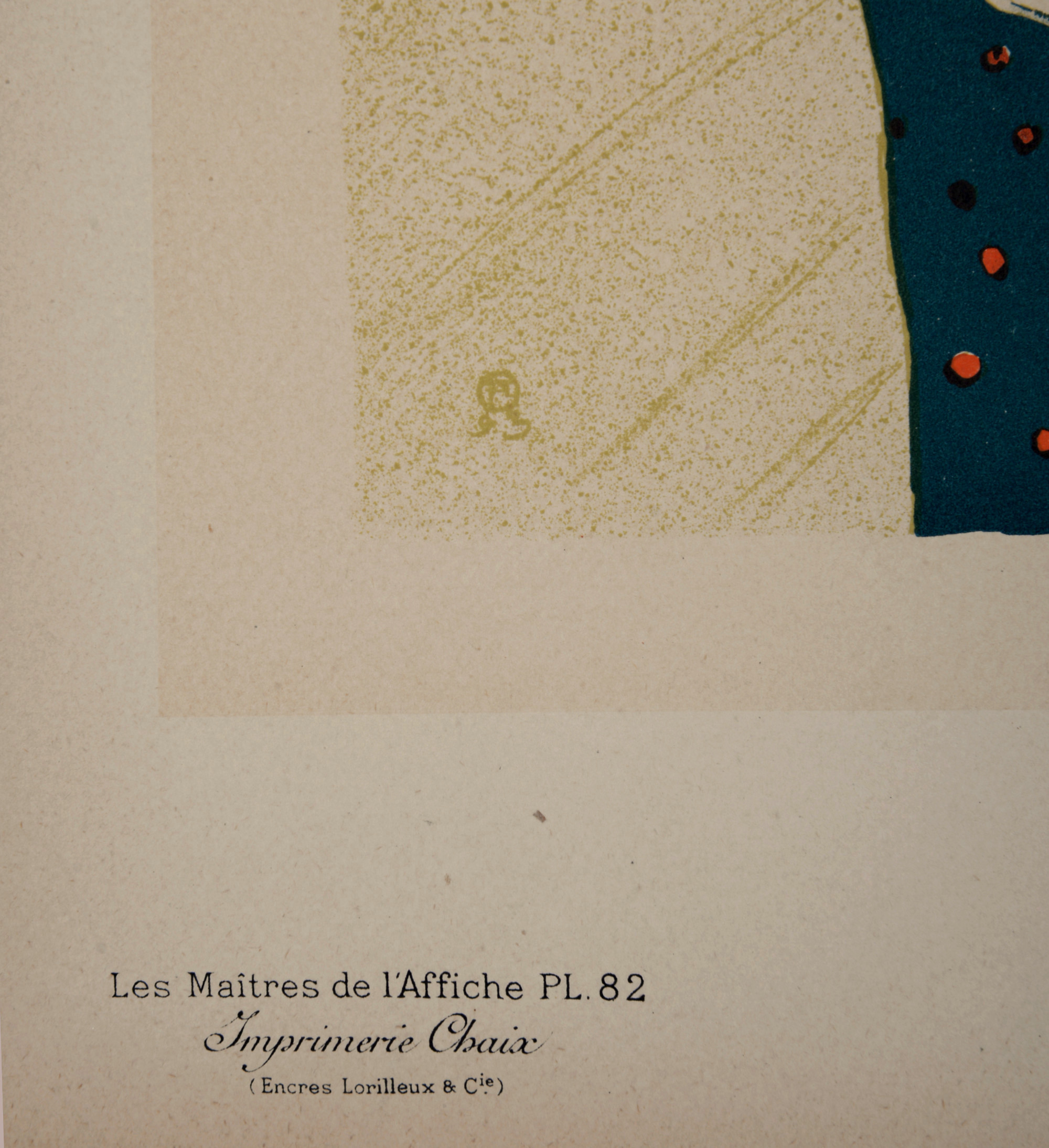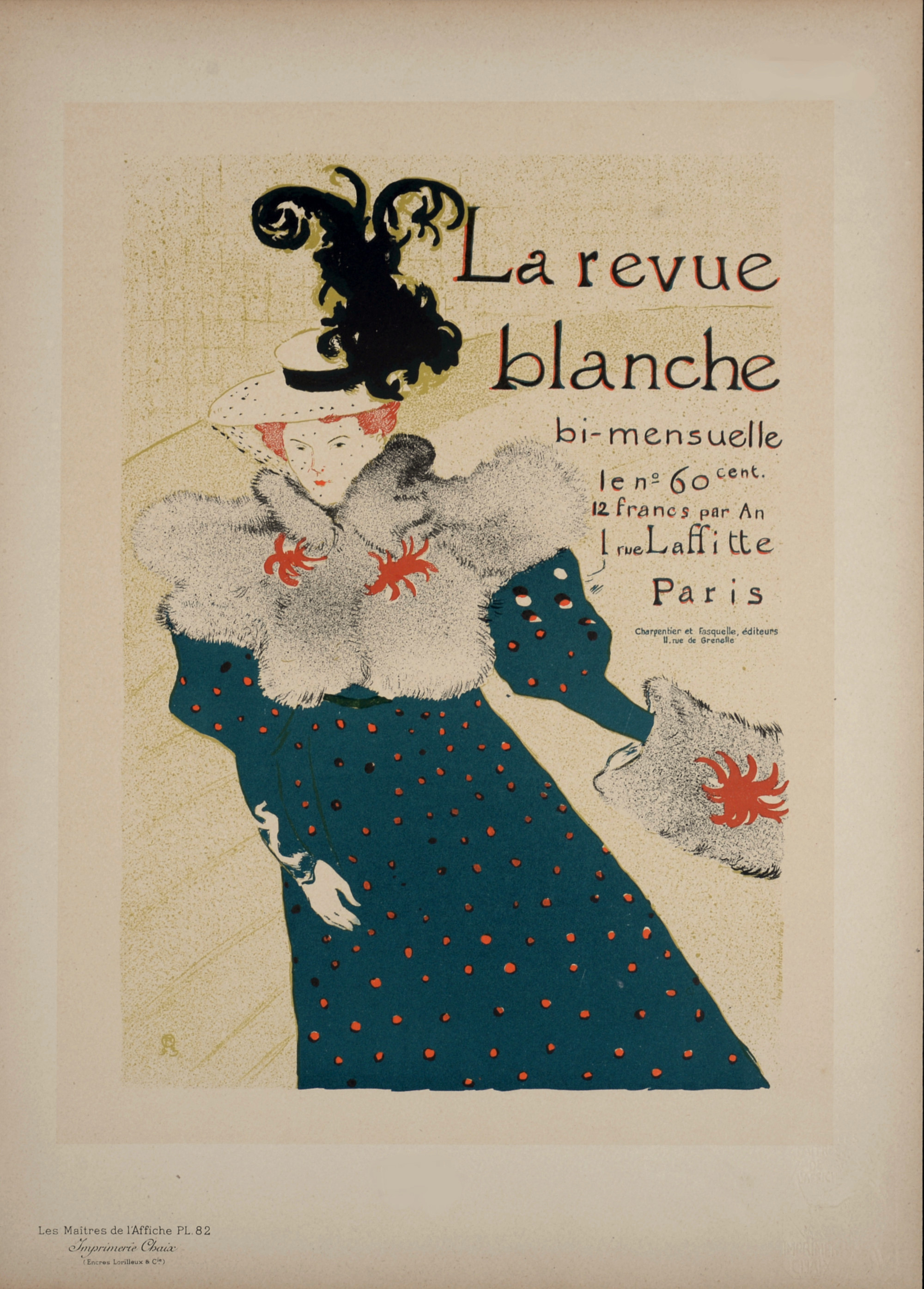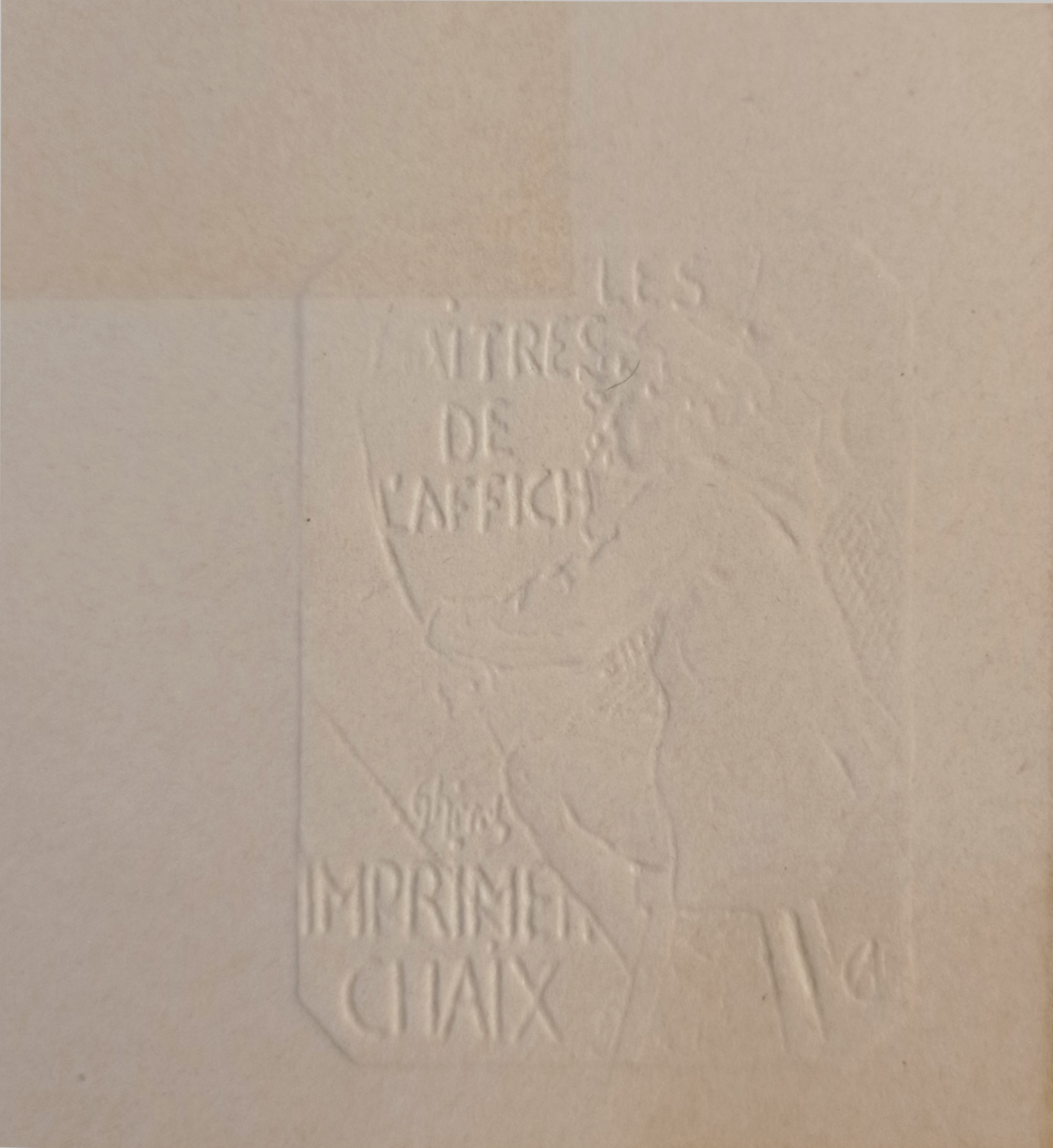-
-
- Alex Katz(2)
- Alexander Calder(18)
- André Derain(89)
- Andy Warhol(40)
- Antoni Tapiès(32)
- Arman(38)
- Aurélie Nemours(1)
- Bengt Lindström(7)
- Bernard Buffet(240)
- César(11)
- Charlotte Perriand(9)
- Claude Weisbuch(56)
- Corneille van Beverloo(14)
- Eduardo Chillida(6)
- François Morellet(1)
- Georges Braque(77)
- Gustav Klimt(11)
- Hans Bellmer(20)
- Hans Hartung lithograph(29)
- Henri Matisse(200)
- Hervé Télémaque(6)
- Jacques Villeglé(4)
- Jean Cocteau(192)
- Jean Hélion(10)
- Jean Miotte(1)
- Jean Picart Le Doux(5)
- Joan Miro(121)
- Julio le Parc(1)
- Karel Appel(1)
- Keith Haring(6)
- Ladislas Kijno(2)
- Léonard Tsugouharu Foujita(54)
- Leonor Fini(102)
- Louis Toffoli(6)
- Marc Chagall(469)
- Marie Laurencin(49)
- Maurice de Vlaminck(83)
- Maurice Utrillo(21)
- Max Ernst(39)
- Mimmo Rotella(5)
- Niki de Saint Phalle(4)
- Pablo Picasso(403)
- Peter Klasen(7)
- Philippe Pasqua(4)
- Pierre Alechinsky(51)
- Pierre Soulages lithographs(50)
- Pierre Tal-Coat(7)
- Pierre-Yves Trémois(36)
- Raoul Dufy(53)
- Robert Combas(5)
- Salvador Dali(458)
- Théo Tobiasse(7)
- Tony Soulié(10)
- Valério Adami(31)
- Victor Vasarely(17)
- Yves Brayer(41)
- Zao Wou-Ki(23)
Top artists -
-
-
-
- Alex Katz(2)
- Alexander Calder(18)
- André Derain(89)
- Andy Warhol(40)
- Antoni Tapiès(32)
- Arman(38)
- Aurélie Nemours(1)
- Bengt Lindström(7)
- Bernard Buffet(240)
- César(11)
- Charlotte Perriand(9)
- Claude Weisbuch(56)
- Corneille van Beverloo(14)
- Eduardo Chillida(6)
- François Morellet(1)
- Georges Braque(77)
- Gustav Klimt(11)
- Hans Bellmer(20)
- Hans Hartung lithograph(29)
- Henri Matisse(200)
- Hervé Télémaque(6)
- Jacques Villeglé(4)
- Jean Cocteau(192)
- Jean Hélion(10)
- Jean Miotte(1)
- Jean Picart Le Doux(5)
- Joan Miro(121)
- Julio le Parc(1)
- Karel Appel(1)
- Keith Haring(6)
- Ladislas Kijno(2)
- Léonard Tsugouharu Foujita(54)
- Leonor Fini(102)
- Louis Toffoli(6)
- Marc Chagall(469)
- Marie Laurencin(49)
- Maurice de Vlaminck(83)
- Maurice Utrillo(21)
- Max Ernst(39)
- Mimmo Rotella(5)
- Niki de Saint Phalle(4)
- Pablo Picasso(403)
- Peter Klasen(7)
- Philippe Pasqua(4)
- Pierre Alechinsky(51)
- Pierre Soulages lithographs(50)
- Pierre Tal-Coat(7)
- Pierre-Yves Trémois(36)
- Raoul Dufy(53)
- Robert Combas(5)
- Salvador Dali(458)
- Théo Tobiasse(7)
- Tony Soulié(10)
- Valério Adami(31)
- Victor Vasarely(17)
- Yves Brayer(41)
- Zao Wou-Ki(23)
Top artists -
-
Henri DE TOULOUSE-LAUTREC - Les Maîtres de l’Affiche : La Revue Blanche, 1897 - Lithograph
La Revue Blanche, 1897
Lithograph on wove paper.
PLATE: PL. #82.
Signed on the plate lower left margin, with Toulouse-Lautrec's monogram.
Blind stamp "Les Maîtres de l'Affiche, Imprimerie Chaix" on the bottom right corner.
Dimensions :
+ Size of the sheet : 40 x 29 cm / 17,5 x 11,4 in.
Condition: In overall good condition, with some soft handling creases, some slight discoloration, and some minor stains at the edges. Image very clean otherwise, with bright and vivid colors.
Issued from the famous set "Les Maîtres de l'Affiche".
Printed by Imprimerie Chaix, Paris.
"Les Maitres de l'Affiche" series was offered as a subscription series to collectors. Every month for 60 months, from December 1895 through November 1900, subscribers received by mail, 4 loose sheets (Maitres) with a cover sheet.
Referenced in Wittrock, P16B; Adriani, 130-II; Driehaus, p. 117; PAI-LXXXIII, 468.
Dimensions :
- Height : 40 cm
- Width : 29 cm
 Henri de Toulouse-Lautrec :
(1864-1901) was a French painter, printmaker, draughtsman and illustrator. Toulouse-Lautrec is among the best-known painters of the Post-Impressionist period, a group which includes Cézanne, Van Gogh and Gauguin.
He was a member of an aristocratic family. His family quickly realised that Henri's talent lay in drawing and painting.
Toulouse-Lautrec's parents were first cousins and he suffered from congenital health conditions (possibly pycnodysostosis) sometimes attributed to a family history of inbreeding.
Physically unable to participate in many activities typically enjoyed by men of his age, Toulouse-Lautrec immersed himself in art. He became an important Post-Impressionist painter, art nouveau illustrator, and lithographer, and recorded in his works many details of the late-19th-century bohemian lifestyle in Paris. Toulouse-Lautrec was drawn to Montmartre, the area of Paris famous for its bohemian lifestyle and the haunt of artists, writers, and philosophers.
From 1889 until 1894, Toulouse-Lautrec took part in the "Independent Artists' Salon" on a regular basis. When the Moulin Rouge cabaret opened, Toulouse-Lautrec was commissioned to produce a series of posters. Toulouse-Lautrec slowly drawn his sorrows in alcohol.
In addition to his growing alcoholism, Toulouse-Lautrec also had a fondness for frequenting prostitutes.
By 1899, his physical and mental health began to decline rapidly due to alcoholism and syphilis which he reportedly contracted from Rosa La Rouge, a prostitute who was the subject of several of his paintings.
On 9 September 1901, he died at Château Malromé, in Saint-André-du-Bois at the age of 36.
Throughout his career, which spanned less than 20 years, Toulouse-Lautrec created 737 canvases, 275 watercolours, 363 prints and posters, 5,084 drawings, some ceramic and stained glass work, and an unknown number of lost works. His debt to the Impressionists, in particular the more figurative painters Manet and Degas, is apparent. His style was influenced by the classical Japanese woodprints which became popular in art circles in Paris. In his works can be seen parallels to Manet's detached barmaid at A Bar at the Folies-Bergère and the behind-the-scenes ballet dancers of Degas.
Henri de Toulouse-Lautrec :
(1864-1901) was a French painter, printmaker, draughtsman and illustrator. Toulouse-Lautrec is among the best-known painters of the Post-Impressionist period, a group which includes Cézanne, Van Gogh and Gauguin.
He was a member of an aristocratic family. His family quickly realised that Henri's talent lay in drawing and painting.
Toulouse-Lautrec's parents were first cousins and he suffered from congenital health conditions (possibly pycnodysostosis) sometimes attributed to a family history of inbreeding.
Physically unable to participate in many activities typically enjoyed by men of his age, Toulouse-Lautrec immersed himself in art. He became an important Post-Impressionist painter, art nouveau illustrator, and lithographer, and recorded in his works many details of the late-19th-century bohemian lifestyle in Paris. Toulouse-Lautrec was drawn to Montmartre, the area of Paris famous for its bohemian lifestyle and the haunt of artists, writers, and philosophers.
From 1889 until 1894, Toulouse-Lautrec took part in the "Independent Artists' Salon" on a regular basis. When the Moulin Rouge cabaret opened, Toulouse-Lautrec was commissioned to produce a series of posters. Toulouse-Lautrec slowly drawn his sorrows in alcohol.
In addition to his growing alcoholism, Toulouse-Lautrec also had a fondness for frequenting prostitutes.
By 1899, his physical and mental health began to decline rapidly due to alcoholism and syphilis which he reportedly contracted from Rosa La Rouge, a prostitute who was the subject of several of his paintings.
On 9 September 1901, he died at Château Malromé, in Saint-André-du-Bois at the age of 36.
Throughout his career, which spanned less than 20 years, Toulouse-Lautrec created 737 canvases, 275 watercolours, 363 prints and posters, 5,084 drawings, some ceramic and stained glass work, and an unknown number of lost works. His debt to the Impressionists, in particular the more figurative painters Manet and Degas, is apparent. His style was influenced by the classical Japanese woodprints which became popular in art circles in Paris. In his works can be seen parallels to Manet's detached barmaid at A Bar at the Folies-Bergère and the behind-the-scenes ballet dancers of Degas.
This item is not available. Please click on « View the catalog » to see similar items available.

